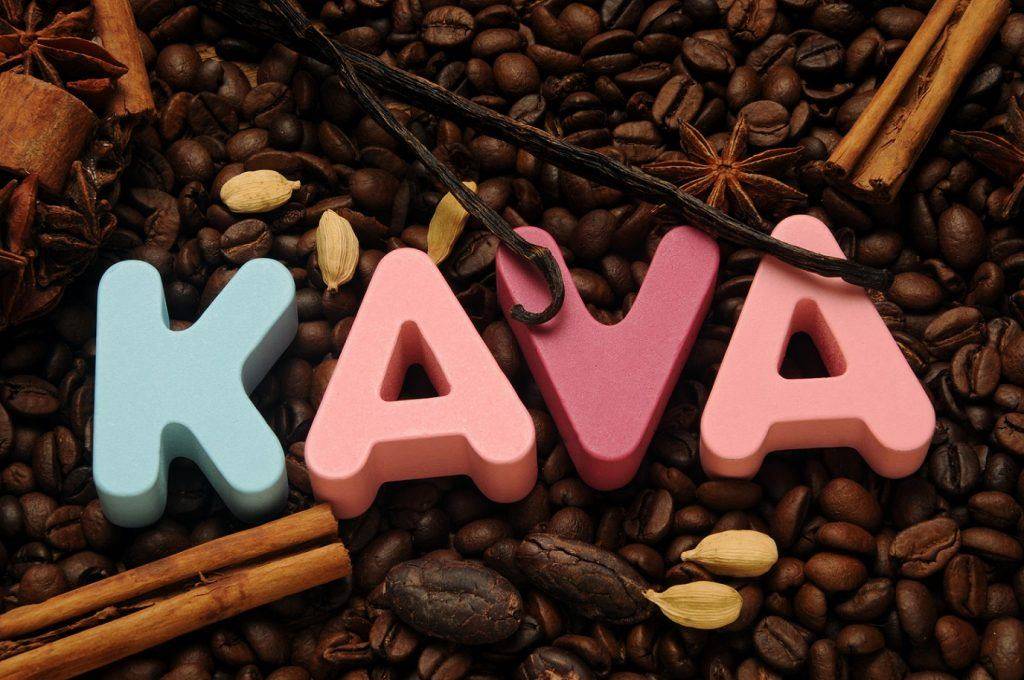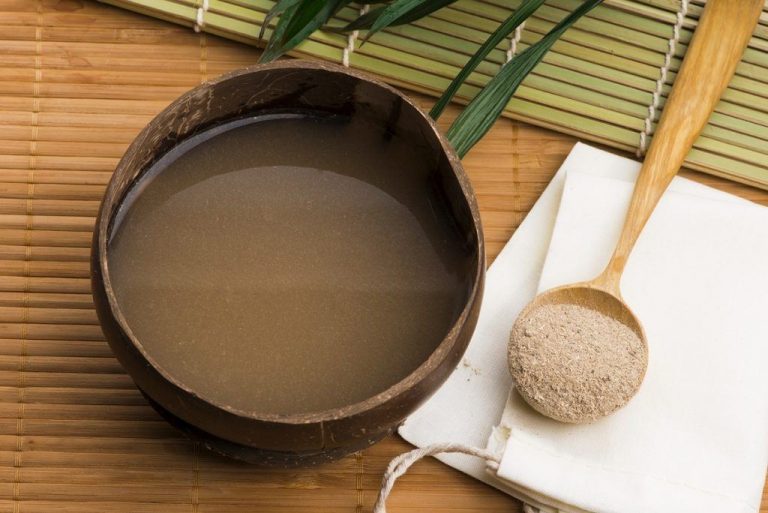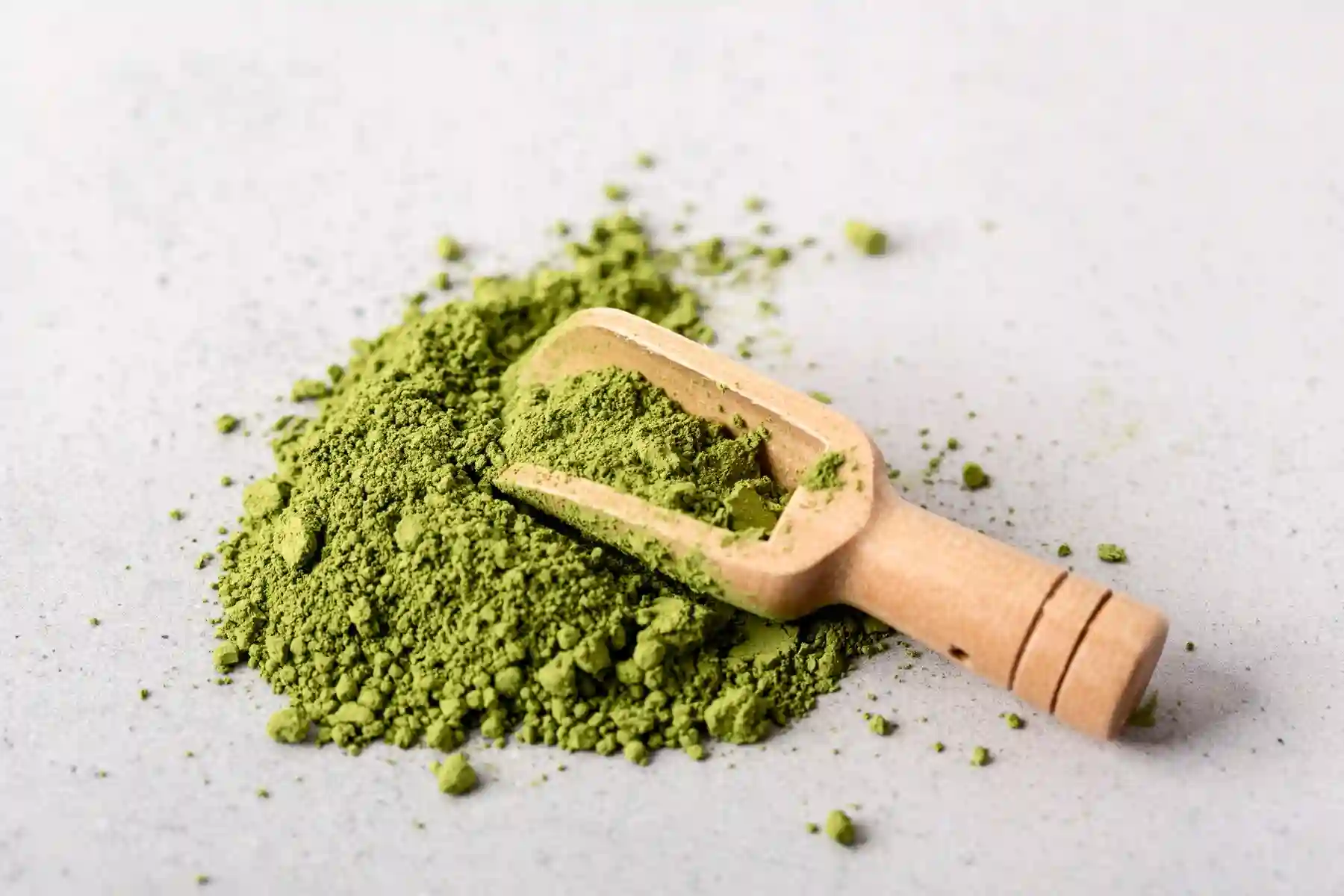Kava Vs. Kratom: A Comprehensive Comparison
Herbal products like Kava and Kratom have captured society’s attention for their many natural benefits. Whether you’re a current Kratom user or curious about Kava, this detailed comparison will help you understand both products and how they might complement each other.
What is Kava?
Kava, also known as Awa, Ava, Sakau, Yaqona, or Malok in regions like Fiji and Hawaii, is a product with a rich history. The term ‘Kava’ means ‘bitter’ in Tongan and Marquesan, aptly describing its taste. Scientifically known as Piper methysticum, which means ‘intoxicating pepper,’ Kava comes from the pepper family.
Kava plants are indigenous to the Western Pacific, and the Kava powder available today is made from the plant’s roots. Kava can cause sedation, act as an anesthetic, or lead to mild euphoria due to its active ingredients, kavapyrones, and kavalactones. The effects vary depending on the dosage and individual, with some users comparing its effects to alcohol.

Is Kava Legal?
Yes, Kava is legal and sold as a dietary or food supplement across the United States. The WHO has found it to carry very low health risks, supporting its legal status in many countries. However, regulations vary:
- EU: Temporarily banned in 2002, the ban was lifted in 2014 for medicinal use, but it remains strictly regulated.
- Australia and New Zealand: Legal with restrictions, such as a 4kg limit when bringing it into New Zealand.
How is Kava Used?
Kava is available in various forms:
- Tinctures (dissolved in alcohol)
- Powders (mixed with a liquid)
- Capsules
- Tablets
- Teas (popular in cafes)
To prepare Kava tea:
- Dry the root
- Grind the root
- Mix the powder with water
- Let it steep
- Strain to get a brownish tea
Mixing with milk, coconut milk, or cinnamon can improve the taste. Kava affects the nervous system, leading to relaxation and a clear mind, unlike alcohol.

Uses of Kava
Kava is used to:
- Aid sleep
- Manage stress and anxiety
- Relaxation
- Alternative to alcohol
Different Strains of Kava
Kava comes in noble and non-noble strains. Only noble strains are typically exported due to their safer kavalactone compositions. Popular noble strains include Boronggoru, Palarasul, and Melomelo. Non-noble strains like Tudei are used locally but not exported.
How Do the Effects of Kava Compare to Kratom?
When comparing the effects of Kava to Kratom, it becomes evident that each herb offers unique benefits catering to different needs. Kava is primarily renowned for its calming and relaxing properties, making it an excellent choice for those seeking calmness, stress relief, and a mild euphoric experience. Users often report feeling a sense of tranquility and reduced anxiety without a significant impact on mental clarity.
Kratom’s effects depend on the serving size:
- Small Serving Size: Increased energy and possible agitation, similar to coffee.
- Larger Serving Size: Relaxation and sedation
Kava is favored for its gentle relaxation, and Kratom for its versatile effects that range from stimulation to relaxation
Appearance
Kava and Kratom come from different plant families and look different. Kratom strains vary in color (red, white, green), while Kava ranges from yellow to brown. Both can be sold as capsules or fine powders, making labeling important.
Taste
Kava is generally less palatable, often mixed with flavorings like mint or fruit juice. Kratom, while also not particularly tasty, is typically mixed with water.
Serving Size
For Kava, capsules contain 50-100mg, with a daily limit of 250mg.
For kratom, varies by desired effect:
- Stimulant: Low dosage (1-2 grams)
- Relaxation: Higher dosage, depending on strain strength (2-5 grams)
Cost
Kava is usually more expensive than Kratom on a per gram basis. It also depends on the strain of kava. Both kava and kratom have options for bulk purchases.
Combining Kava and Kratom
Mixing herbal products carries risks, but this particular blend has been increasingly popular as an alternative to alcohol. Many users find benefits in combining them, usually in a 4:1 Kava to Kratom ratio, but this varies. Always mix with care, adding spices or other flavors to improve the taste.
Conclusion
Considering adding Kava or Kratom to your routine? Both have unique benefits. Visit a Kava bar or your local health store to explore these natural products and their growing popularity.






